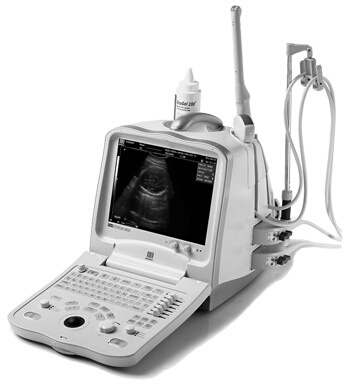Real time ultrasound (RTUS) is the most widely used imaging technique in the health care setting today. It is mainly used as an assessment and diagnostic tool in obstetrics and gynaecology, having played an integral role in the medical profession since the 1950s.
Physiotherapists began to use RTUS in the latter part of the 20th century in clinical research, originally for measuring muscular trophic changes in the lower limbs post meniscectomy and the lumbar spine post injury.
The ability to see muscles function in real time within the living body was an exciting revelation for physiotherapists who previously could only assess muscle size and activation by external palpation. Initial ‘turf protection’ from radiologists was overwhelmed by the enthusiastic realisation that RTUS could be used as a highly effective biofeedback tool in exercise, of which radiologists were unable to perform.
Interest in RTUS and exercise spread to physiotherapists observing abdominal wall and pelvic floor muscle function. With growing interest in the clinical setting the price of RTUS machines dropped considerably and adoption has increased across the profession.
The uptake of RTUS by physiotherapists occurred primarily through the lumbar spine research of Professor Julie Hides of Australia through a remarkable confluence of events including her own father’s professional battle for RTUS acceptance in Australian obstetric hospitals in the 1960’s and 1970’s, her chance meeting with Maria Stokes from the UK (the first physiotherapist to use RTUS in research) at the University of Queensland, and a now defunct law that prohibited physiotherapists from penetrating the skin – thereby making fine wire EMG needle insertion practically impossible.
Description provided by Glenn Ruscoe of Australia.
References:
Hides, J. 2021. Backs in Space. A podcast from the Australian Physiotherapy Association accessed online at https://australian.physio/home/podcast/julie-hides%E2%80%94backs-space on 18 October 2021.
Hodges P. 2005. Ultrasound imaging: just a fad? Journal of Orthopaedic and Sports Physical Therapy, 35, 333–337.
Jedrzejczak A and Chipchase LS. 2008. The availability and usage frequency of real time ultrasound by physiotherapists in South Australia: an observational study. Physiotherapy Research International, 13(4), 231-240.

